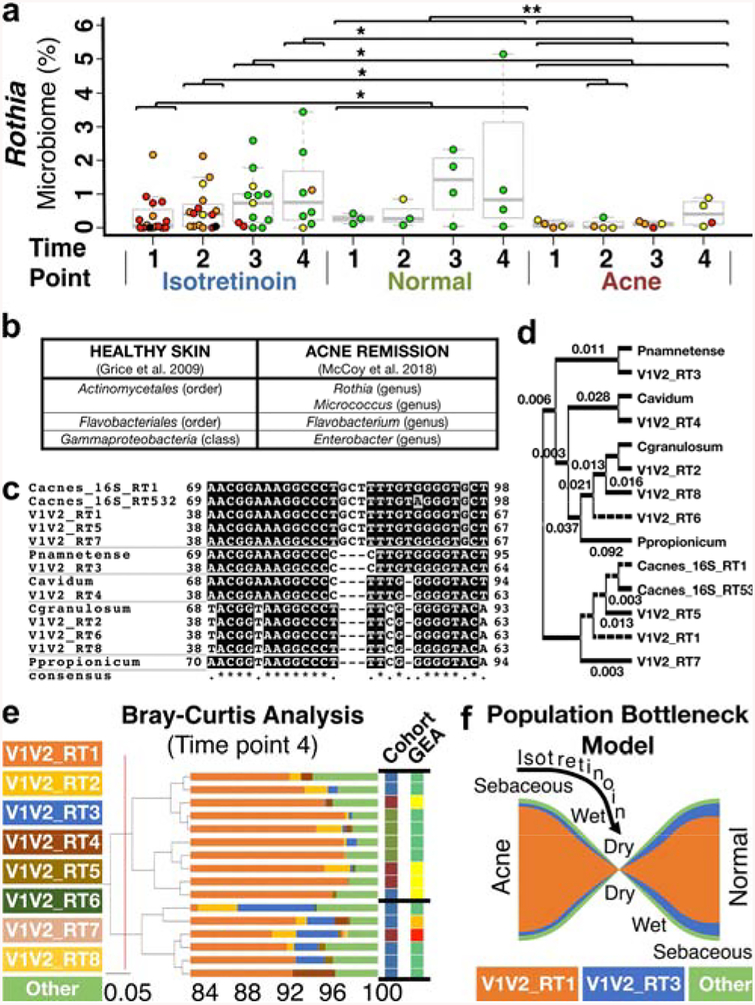Figure 2. Skin microbiome community changes during isotretinoin therapy.
(a) Swarm plot showing significantly increased Rothia in normal controls and as a function of treatment/remission. Data colored by GEA. (b) Correlation of previously identified healthy sebaceous skin taxa with acne remission-associated taxa. (c-e) Eight dominant Propionibacterium genus V1V2_RTs were identified (Figures S8–9) with a median of 4 per subject (range 1–7), as compared to prior work on distinct 16S C. acnes RTs (Table S9, Figure S10) with 3±2 ribotypes/subject(Fitz-Gibbon et al. 2013). (c) T-Coffee alignment and (d) phylogenetic tree of V1-V2 demonstrating sub-taxa discrimination (C. acnes, granulosum, avidum; Propionibacterium namnetense; Pseudopropionibacterium propionicum). (e) V1V2_RT3 increases during and after treatment (Figure S11c) leading to Bray-Curtis clustering. Cohort indicated by text color (a). (f) Proposed model for isotretinoin-mediated remodeling of Propionibacterium communities through skin environment modulation.

